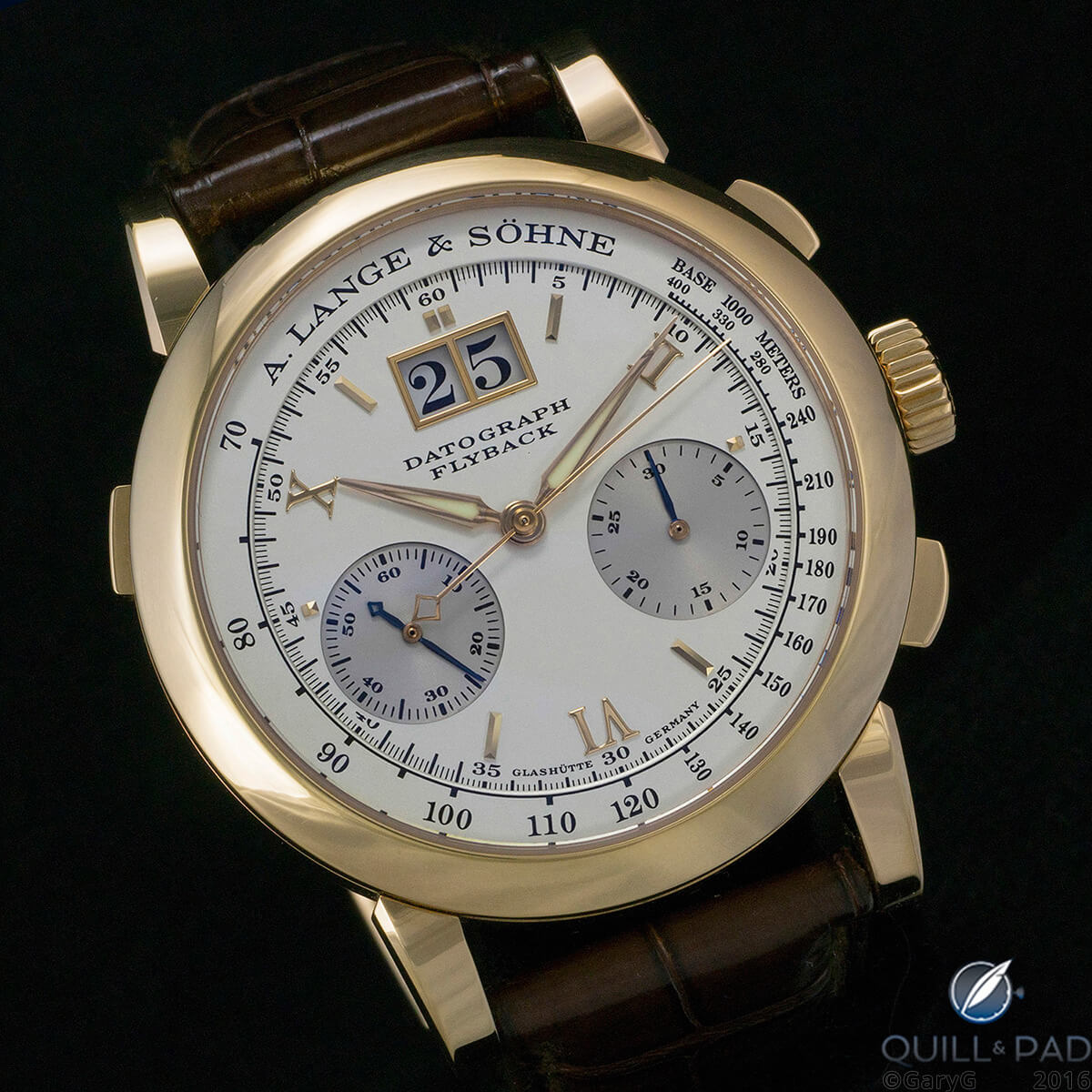Living Beyond Your Means As A Collector: How To Avoid Getting Hurt

That's as in, "I heard that Gunther really got hurt when he sold that blinged-out limited edition watch," or "If you get that watch at the upcoming auction anywhere in the estimated price range, you're not going to get hurt." The first thing to know is that while I'm happy to share some lessons learned during my collecting career, the best way to avoid "Getting hurt" on watches is not to buy any! I'm a watch guy not an investment advisor, so please treat my following observations accordingly Shun the bling, at least at retail! At each major Hong Kong watch auction there's a fantastic assortment of lovely jeweled watches selling for a fraction of their original prices; I'd hazard a guess that buying the watch you see on my wrist below would have exposed me to a world of hurt Buy pre-owned: As my pal Larry says, "It's going to be used when I sell it, so it might as well be used when I buy it" As much as I love the feeling of owning a brand-new watch, my view is that I'm much less likely to get hurt if I'm buying watches with established resale price histories.
We've seen that at the high end of the vintage watch market, a great example often sells at multiples of what a less correct piece will draw; my sense is that this will also apply to watches in the expensive-but-not-stratospheric range in the years ahead Opting for quality with these pieces, in my opinion, will reduce the risk of getting hurt despite the higher acquisition price If you do buy at auction, by all means do your best to view the watches in person: one person's "Near mint" is another's "Chewed up," and while miracles can be had through restoration, given the choice I'd opt for buying mint and wearing with care.
Getting hurt hurts! But with careful attention to your portfolio of watches you can enjoy more and worry less. . Source